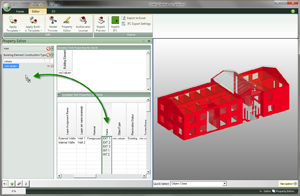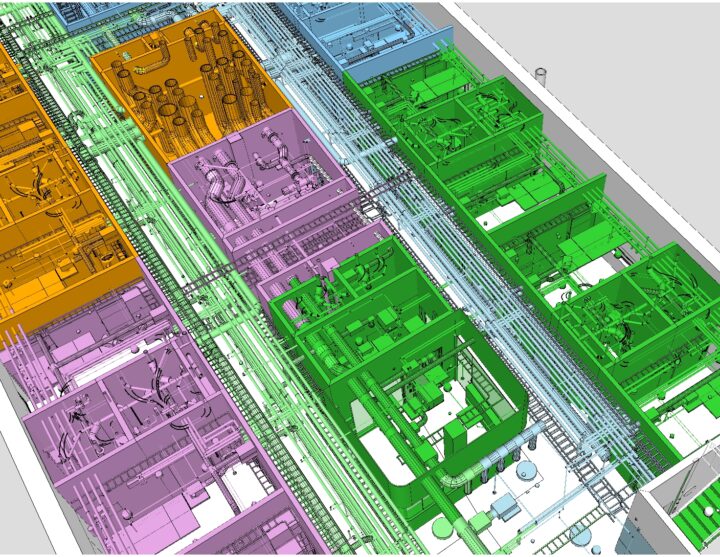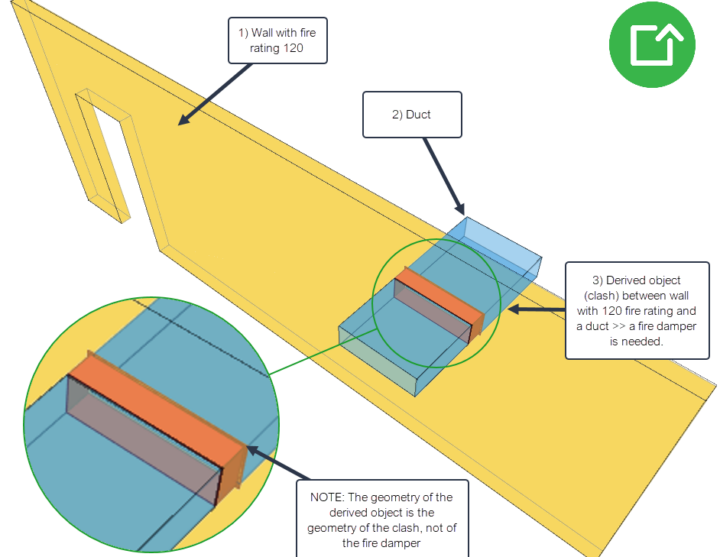Copy-Editing IFC Models
04.08.2014
Copy-editing is an established term in the publishing industry. Let’s see how the same concept applies to IFC models.
“Copy-editing is the work that an editor does to improve the formatting, style, and accuracy of text. Unlike general editing, copy editing might not involve changing the content of the text.”
In the context of IFC this term gets a very similar meaning. In its core, copy-editing IFC models is about editing that does not change the design solution. Let’s look in some detail at the 3 basic goals for any IFC model used for exchanging information.
- Relevant
- Reliable
- Normalized
Relevant. No unnecessary information (objects, properties or relationships) should be exchanged because unnecessary information just causes unnecessary technical and communication problems. This is a clear case for copy-editing, because limiting the scope of the information exchange to only relevant information does not change the design solution. For example, if an energy analysis application does not even import columns and beams, then these objects should be copy-edited out of an IFC model used for that purpose. The same applies to all properties and relationships that would be ignored by that receiving application.
Reliable. Only reliable information is valuable and one traditional task of copy-editors is to make the copy correct. Omitting all irrelevant information already goes a long way towards making the IFC model reliable because only the relevant part must be validated. If unreliable information is detected this can, depending on the case, be corrected through editing the original model or copy-editing the IFC model. If there, for example, is a typo in a space name this would be optimally fixed by editing the original model. But if a space name is shortened in the original model because there is only a limited area available for the space name on a floor plan, then the name should better be copy-edited in the IFC model. After all, changing “mtg.” to “Meeting” is pure copy-editing because it does not in any way change the design solution.
Normalized. The modeling application, how it is used, libraries, templates, export settings etc. all have an effect on the IFC model that is exported from that application. In a project there may be agreements and guidelines about how the information should be structured in the IFC model and the receiving application always sets its own requirements, because if it can’t import the IFC model, the whole exchange is meaningless. Normalizing means putting the required information into the required data structures, which falls clearly under copy-editing because the information, and thus the design solution, is not modified. The modeling application might for example write the occupancy number of a space into the IFC model, but put it into the wrong place. Moving this information to the required place in the IFC model is copy-editing, because it does not change the design solution.
Gray area. In the context of IFC models there is a gray area between editing and copy-editing. Sometimes models, for example, contain duplicate objects, i.e. objects with the same geometry and properties, which are a result of a copy&paste gone bad in the modeling application. Removing the duplicate object from the IFC model could be considered copy-editing because it is typically not the design intent to have duplicate objects. But someone might still argue that making this decision is up to the model author. But if you are not the model author, don’t have access to the original model and are under pressure from a tight schedule? Sometimes it may also be practical to combine editing and copy-editing, i.e. copy-edit the IFC model now and edit the original model later. The point is, that in practical work you will encounter this gray area and sometimes have to use your judgement.
Conclusion. Copy-editing IFC models is a powerful concept. It gives more freedom to use BIM modeling applications in the most efficient way because the original model (in the BIM authoring application) does not have to match 100% with the requirements of the different, specific information exchanges. The original model must only contain the full definition of the design solution (on the applicable level of development) and copy-editing is used for creating the relevant, reliable and normalized IFC models needed for different purposes.
How this relates to the Simplebim® application
Simplebim® is an application for copy-editing IFC models. You trim all unnecessary objects, properties and relationships from the model and exchange only relevant information. The validation and preview features in Simplebim® help you check your IFC models against the requirements of a specific information exchange, and make sure all relevant information is also reliable. If you find issues you can copy-edit the IFC model such that it meets the requirements. Finally you can make sure all information is in the required data structures (e.g. by moving properties) to get a normalized IFC output from Simplebim®. You don’t even have to know anything about IFC to do all this! Copy-editing IFC models can also be automated using templates and integrated seamlessly into your IFC workflow.



